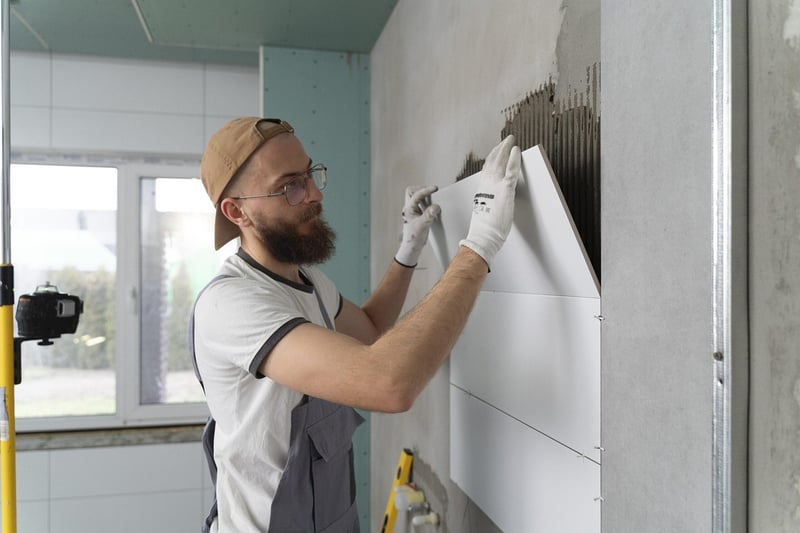Restorative
The Power of Balanced Exercises and Restorative Practices
Introduction
Exercise is an essential component of a healthy lifestyle, but it's equally important to incorporate restorative practices into your routine to achieve a balanced and sustainable fitness regimen. By combining both active workouts and restorative techniques, you can enhance your overall well-being and optimize your physical performance.
Benefits of Balanced Exercises
- Improves cardiovascular health
- Builds strength and endurance
- Boosts metabolism and aids in weight management
- Enhances flexibility and agility
- Reduces the risk of chronic diseases
Types of Balanced Exercises
Include a variety of exercises in your routine to target different muscle groups and aspects of fitness:
- Cardiovascular exercises (e.g., running, cycling, swimming)
- Strength training (e.g., weightlifting, bodyweight exercises)
- Flexibility and mobility exercises (e.g., yoga, Pilates)
- High-intensity interval training (HIIT)
Importance of Restorative Practices
Restorative practices help the body recover from intense workouts, reduce the risk of injury, and promote relaxation and stress relief. They are crucial for restoring balance and preventing burnout.
Types of Restorative Practices
Integrate the following restorative practices into your routine for optimal recovery:
- Yoga and stretching exercises
- Foam rolling and self-myofascial release
- Massage therapy
- Meditation and deep breathing techniques
- Quality sleep and adequate hydration
Conclusion
By combining balanced exercises with restorative practices, you can achieve a holistic approach to fitness that nurtures both your body and mind. Remember to listen to your body's cues, prioritize recovery, and find the right balance between challenging workouts and rejuvenating practices for long-term health and well-being.


